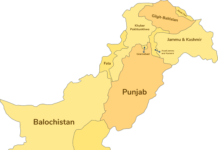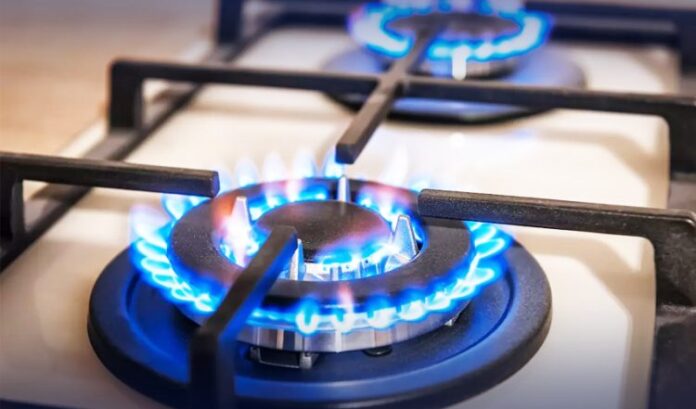The federal government is preparing to shift from biannual to quarterly gas price notifications, adopting a model similar to the power sector in an effort to improve the financial position of public gas utilities and stem the rise in circular debt, The Express Tribune reported, citing official sources.
According to the report, the Petroleum Division has asked the Oil and Gas Regulatory Authority (Ogra) to draft regulatory amendments enabling quarterly tariff revisions instead of the current six-monthly structure. Ogra is expected to finalise its report and submit it to the federal cabinet before the end of November.
At present, Ogra holds public hearings to determine revenue requirements and forwards its decisions to the federal government for price notification, which is issued twice a year across consumer categories. The system includes cross-subsidies, with higher-paying consumers partially financing lower tariffs for residential users.
For the current fiscal year, revised tariffs have already been notified with effect from July 1, 2025.
Gas utilities — SNGPL and SSGC — have also urged the government to allow automatic monthly pass-through of gas cost changes, mirroring the fuel cost adjustment applied in the electricity sector. Companies argue that since the gas cost component accounts for around 90% of end-user prices, delays in adjusting tariffs weaken their financial viability and contribute to circular debt accumulation.
According to the Petroleum Division, late tariff notifications have resulted in mounting receivables and weakened cash flows. Exploration and production firms are still owed billions of rupees by the gas utilities.
The government is also working on phasing out cross-subsidy in the gas sector and replacing it with a targeted, budgeted subsidy linked to consumer income, to be executed through the Benazir Income Support Programme (BISP). This reform was discussed with the International Monetary Fund (IMF) during negotiations under the Resilience and Sustainability Facility.
The Petroleum Division earlier informed the cabinet that it has engaged advisory firm KPMG and formed a dedicated working group to transition to the new system by 2026.
Currently, residential consumers receive cross-subsidies exceeding Rs150 billion, funded largely by higher tariffs imposed on captive power plants, commercial users and industry. However, after the government introduced a levy on captive power plants under IMF-aligned reforms, gas consumption in that category has declined, reducing the available cross-subsidy pool.
Gas companies maintain that monthly automatic adjustments and the elimination of cross-subsidies are essential to restore sector stability and improve cost recovery.
























